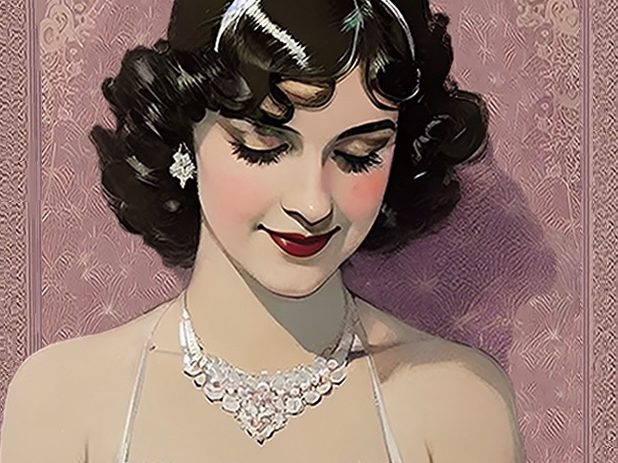Women taking a man’s last name upon marriage was literally a transfer of ownership from her father to her husband, and a woman dying in childbirth was noble more than it was a tragedy. And this wasn’t that long ago.
Let’s use a fictional couple, John Doe and Jane Smith. No matter what, John is always Mr. John Doe. This never changes. But let’s see what happens to Jane.
As an unmarried woman, not just single since divorced women and widows are single too, so just unmarried, she would need Miss Jane Smith.
But when she marries John, literal ownership transfers from her father to her husband and her identity is taken. She is no longer Miss Jane Smith. She is now Mrs. John Doe. But can’t she just go by Mrs. Jane Doe anyway? NOPE.
Prior to the 1970’s, a woman using her first name, like Mrs. Jane Doe, marked her as divorced, which was stigmatized, and divorced women were usually seen as homewreckers, even if the reason was that she was being abused or something. We all know that divorces existed at that time, and that they weren’t particularly rare, but it’s not like that’s ever stopped society from stigmatizing people anyway.
(If she was widowed, she’d remain Mrs. John Doe unless she managed to remarry, at which point that new husband’s name would replace her dead husband’s name.)
It was only during the women’s rights movement in the 1970’s that women started using their own first names when married, and even that was controversial and seen as ruining the family and such. Using Ms. instead marked you as a bra-burning feminist who wanted to annihilate men and eat babies. In other words, the stigma was even worse against women who went by Ms. as Ms. was a middle finger to the establishment by saying “My marital status is none of your damned business.”
When it comes to addressing formal wedding invitations to married heteronormative couples, it’s still common to address them as Mr. and Mrs. John Doe. Though you will see invitations addressed simply to John and Jane when hand-delivered, mailed invitations are usually The Does, Mr. and Mrs. Doe, or Mr. and Mrs. John Doe. Usually the only time you’ll see the woman’s name is if they don’t share a last name.
In fact, in the US, coverture laws were still in some level of legal effect until the 1960s. Good luck getting a job or credit without your owner’s, I mean, husband’s permission. No, really. This is why you’ll see women in old movies talking about not wanting to marry since they wanted to be free. An unmarried woman belonged to herself if she managed to move out of her parents’ home. As soon as she married, everything she had belonged to her husband, including her identity.
